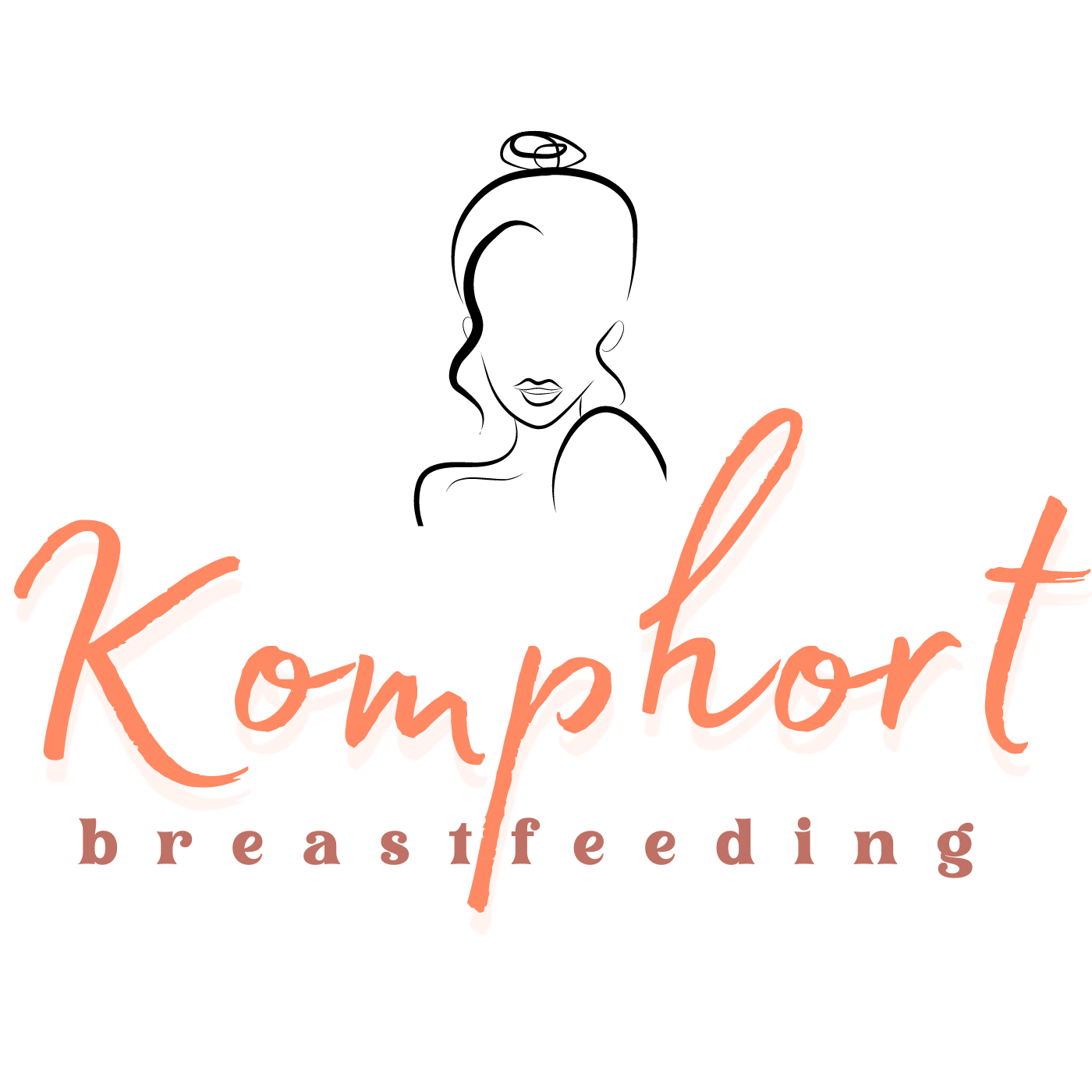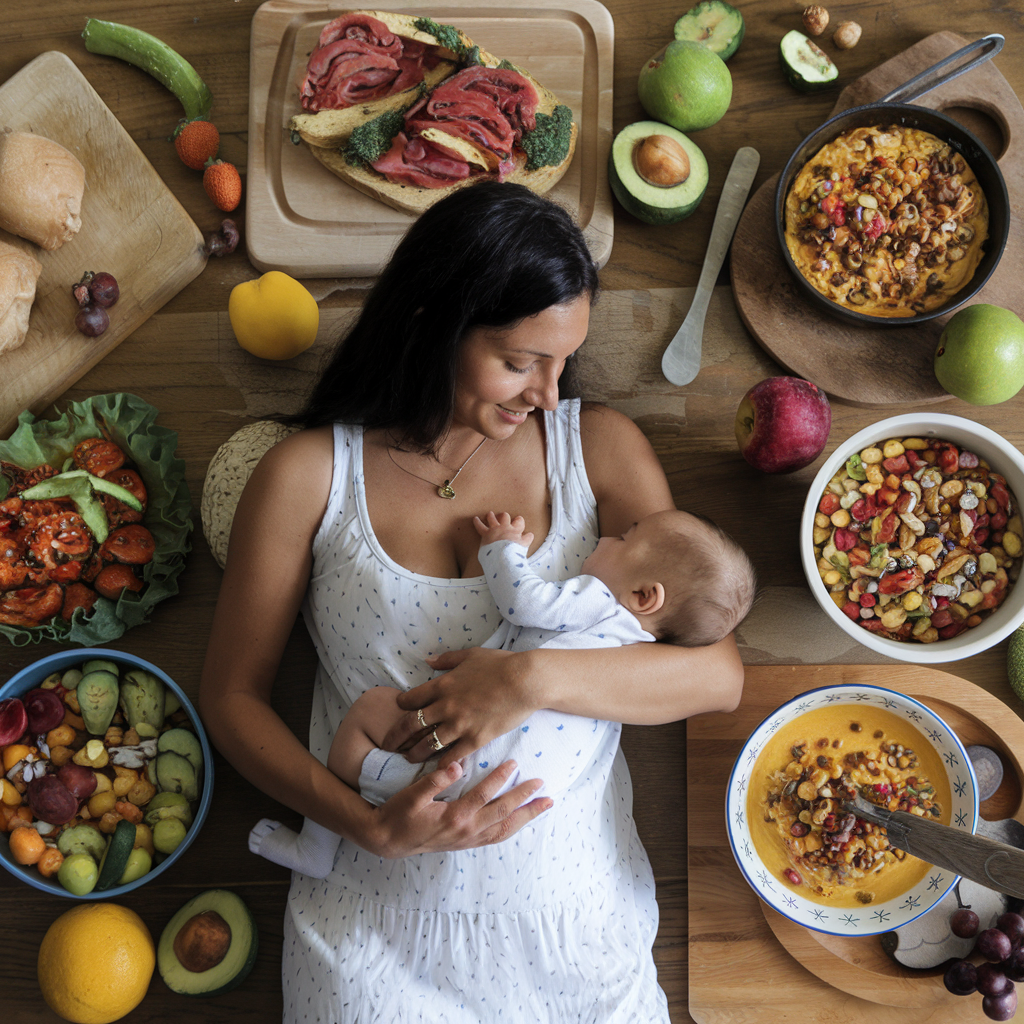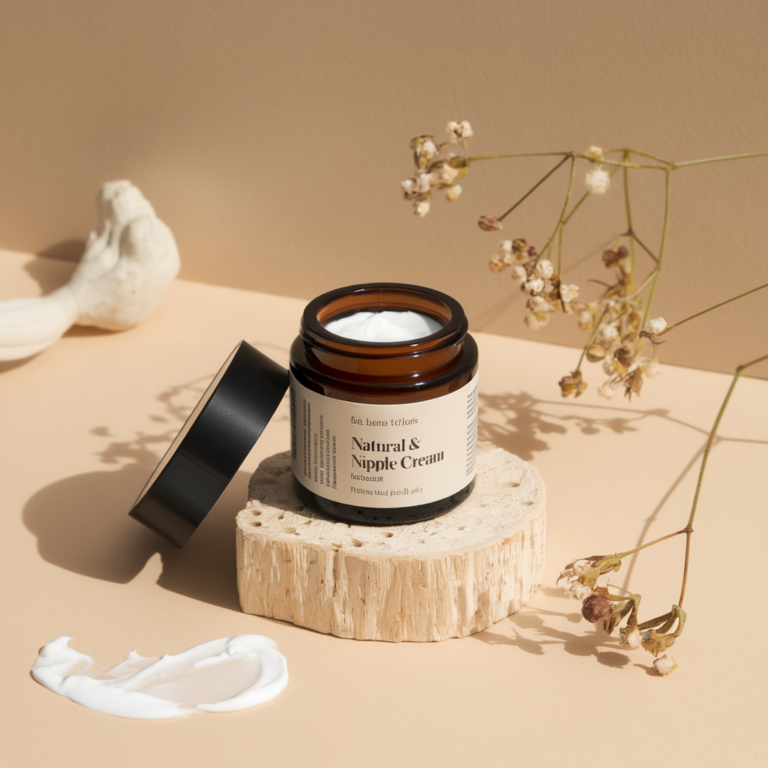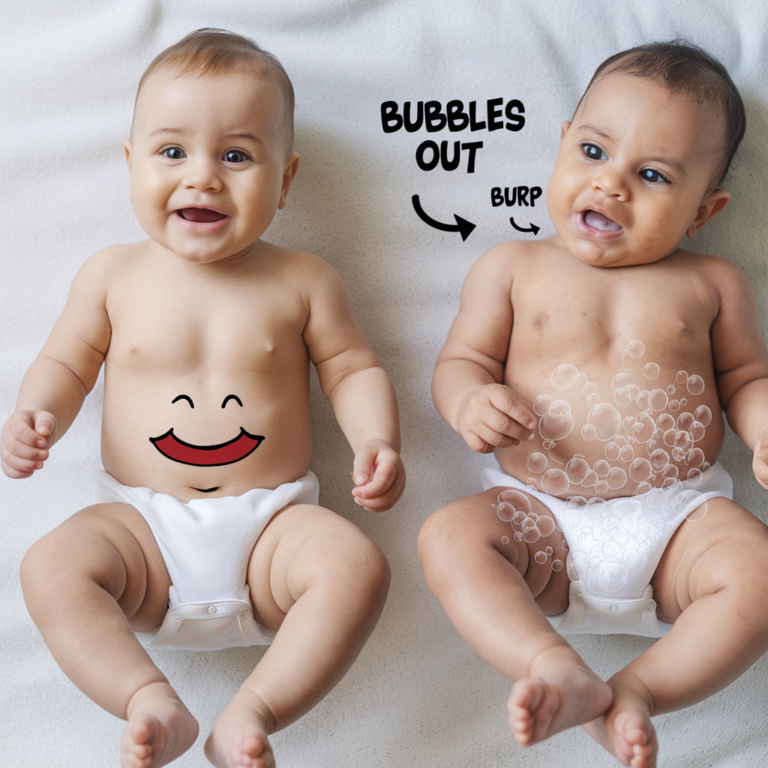Eating feels a little less straightforward, and you might be wondering, “Can I still breastfeed if my baby has allergies? What even is an allergy-friendly breastfeeding diet?”
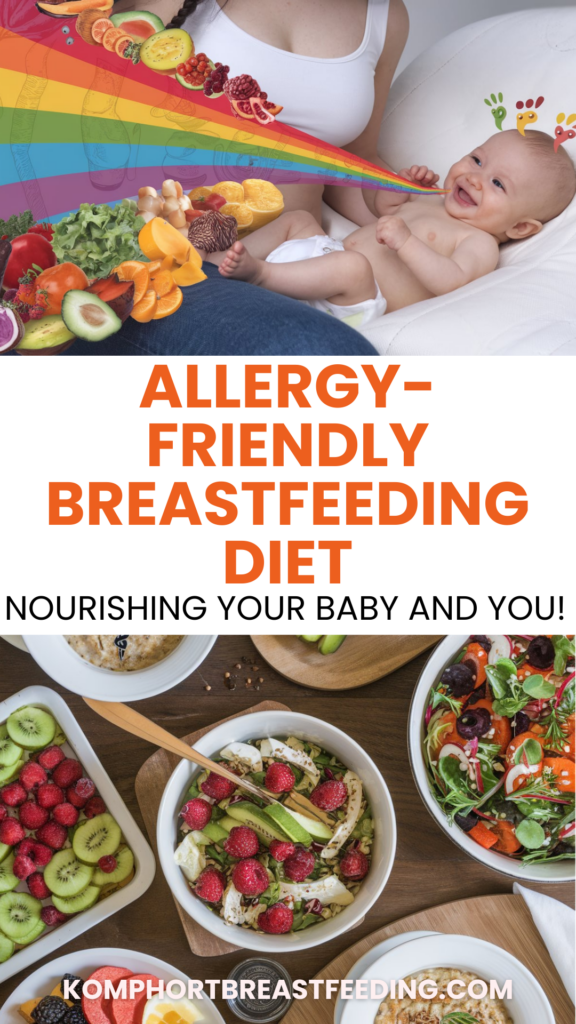
Don’t worry, you’re not alone! More kids have food allergies these days. It’s estimated that about 5 to 8% of young children do. It’s normal to be concerned.
Good news: Breastfeeding might help prevent allergies! Breast milk is great. But even breastfed babies can still get allergies.
Here’s the main point: If your baby has a food allergy, you probably don’t need to stop breastfeeding. If you find the problem food and stop eating it, you can keep breastfeeding.
Let’s figure this out together! We’ll learn about breastfeeding with allergies and keep you and your baby healthy and happy. You’ve got this!
Do I Really Need to Cut Out All the Foods?
Okay, first things first, let’s clear up a big misconception. Unless your infant has actually been diagnosed with a food allergy by a healthcare professional, there’s really no reason for you to start cutting out a bunch of foods from your diet “just in case.” In fact, research actually suggests that unless there is a medical reason, there’s no need to avoid certain foods while breastfeeding.
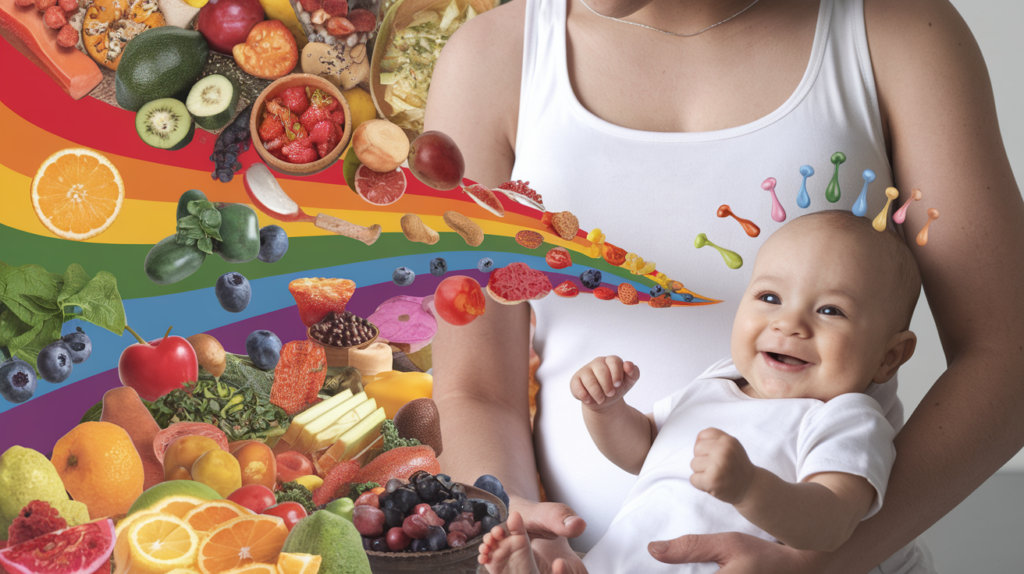
Think about it this way: your breast milk is like a flavor adventure for your baby! When you eat a wide variety of healthy foods, those flavors get passed through your breast milk, and it’s like you’re helping to train your little one’s taste buds right from the start. This early exposure to different tastes might even play a role in helping them become less picky eaters as they get older! How cool is that? We call this “taste imprinting,” and breastfeeding is a fantastic way to help build your child’s food preferences for the future.
Now, when is it necessary to think about an allergy-friendly breastfeeding diet? Well, if your baby is showing signs of a food allergy or intolerance, and you’ve talked to your pediatrician or your baby’s health care provider, they might suggest an elimination diet for you. This is usually recommended if your baby is experiencing symptoms like excessive gas, fussiness, eczema, vomiting, diarrhea, or blood in their stool. These symptoms, while common in babies, could sometimes indicate a reaction to something in your diet that’s passing through your breast milk.
It’s super important to remember that you shouldn’t start an elimination diet on your own. Always, always chat with your healthcare provider first. They can help you figure out if it’s truly necessary and guide you on how to do it safely and effectively, ensuring both you and your baby stay healthy and get all the nutrients you both need. This is where an allergy-friendly breastfeeding diet, under professional guidance, comes into play.
Becoming a Food Detective: Unmasking Hidden Allergens
Alright, so let’s say you and your healthcare provider have decided that an allergy-friendly breastfeeding diet, specifically an elimination diet, is the right path for you right now. The next step? Becoming a super-sleuth food detective! Our mission: to uncover those sneaky allergens that might be hiding in your foods.

The primary goal here is to become a label-reading pro and ask questions, lots of questions, whenever you’re eating out or trying new foods. Allergens can be incredibly sneaky and hide in the most unexpected places. They can be lurking in coatings, thickeners, spices, “natural flavors,” and all sorts of other ingredients you might find in fresh, frozen, refrigerated, and even shelf-stable foods. It’s like they’re playing hide-and-seek with us!
One of the best pieces of advice I can give you? If you are ever in doubt, ASK! Seriously, don’t be shy. If you’re at a restaurant, ask your server about allergy information. Call food manufacturers directly – many companies are incredibly helpful and can give you detailed insights into whether a product contains certain allergens or if it’s made in a facility that also processes them (which can be important for severe allergies due to potential cross-contamination).
And here’s a pro-mom tip: Preparing your meals and snacks at home gives you the ultimate control over your food sources. When you cook at home, you know exactly what’s going into your food, and you can prevent cross-contamination and cross-contact with allergens much more easily. Plus, home-cooked meals are often healthier and more budget-friendly – it’s a win-win-win!
The Top 9 Culprits: Know Your Allergens
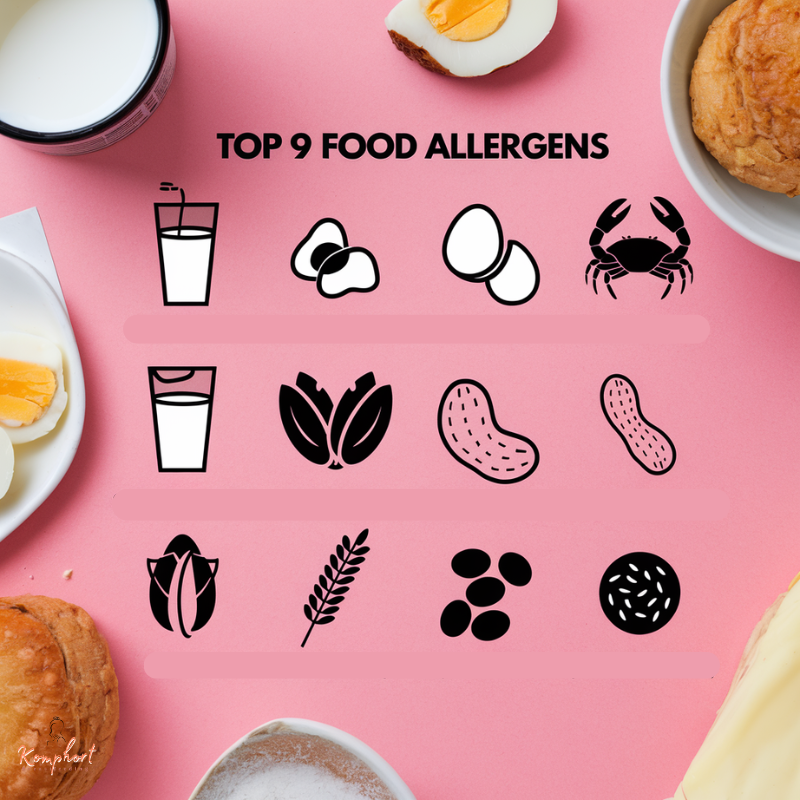
Let’s get down to brass tacks and talk about the most common food allergens. In the United States, the Food and Drug Administration (FDA) requires all food manufacturers to label packaged foods with the top 9 major allergens. These are the biggies, the ones that account for the vast majority of food allergies:
- Milk
- Eggs
- Fish
- Shellfish
- Tree nuts (like almonds, walnuts, pecans, cashews, etc.)
- Peanuts
- Wheat
- Soybeans (soy)
- Sesame (newly added in 2023!)
This FDA regulation is fantastic because it makes it so much easier to identify potential allergens in packaged foods. It applies to all packaged foods sold in the US after 2006, no matter where they were originally made. Look for these allergens clearly listed on the ingredient label, often in bold type or in a “Contains” statement.
However, it’s important to note that this regulation doesn’t apply to all food labels. Specifically, it does not apply to labels on meat, poultry, and certain egg products (those under USDA regulation). So, always be vigilant, even when buying these items!
Important Note: When we talk about milk as an allergen, we’re usually referring to cow milk. Cow milk protein allergy is actually one of the most common food allergies in infants and young children. We’ll talk more about navigating a dairy-free allergy-friendly breastfeeding diet in a bit!
An Allergen-Free Meal Plan for Breastfeeding Moms (with a BIG Disclaimer!)
Okay, mama, now we’re getting to the nitty-gritty: the allergy-free diet meal plan. I want to preface this with a MAJOR PRO TIP: This meal plan is designed as an example for women who truly need to eliminate these foods because they themselves are allergic, or who are breastfeeding and need to follow an elimination diet to figure out what’s causing their infant’s symptoms.

Removing these foods from your diet during pregnancy or breastfeeding, if it’s not medically necessary, could actually be harmful to your own nutrient intake. Seriously! Eating a restricted diet without proper guidance can mean you miss out on important vitamins and minerals that you need to stay healthy and energized while caring for your baby, and for providing all the nutrients your baby needs through your breast milk.
Please, please, PLEASE always get the support of a registered dietitian nutritionist before starting a strict elimination diet, especially while breastfeeding. They are the experts in nutrition and can ensure your diet is still providing you with all the necessary nutrients, even when you’re cutting out multiple food groups.
This meal plan is NOT intended for self-diagnosis or long-term use without professional guidance. It’s a starting point for discussion with your healthcare team.
How to Use This Meal Plan (Under Healthcare Guidance)
If you are breastfeeding and your infant is showing symptoms of an allergy or intolerance, and you and your healthcare providers (both yours and your baby’s) have decided that an elimination diet is appropriate, this meal plan may be used to help you eliminate the top 9 major allergens.

Remember, this diet can be tricky. Work very closely with your healthcare provider. They know what’s best for you and your baby’s health. To figure out which specific foods are causing issues for your baby, your healthcare provider might have you slowly reintroduce these foods back into your diet, one at a time, after they’ve been eliminated for 2-4 weeks (or until your infant’s symptoms improve). This process helps pinpoint the exact allergens your baby is reacting to.
Choosing meals and snacks from the options below will help you eliminate the top 9 major allergens (dairy, soy, eggs, fish, shellfish, wheat, tree nuts, peanuts, and sesame) while still aiming to maintain adequate nutrient intake.
Allergen-Free Meal Plan Examples During Breastfeeding
Breakfast Options:
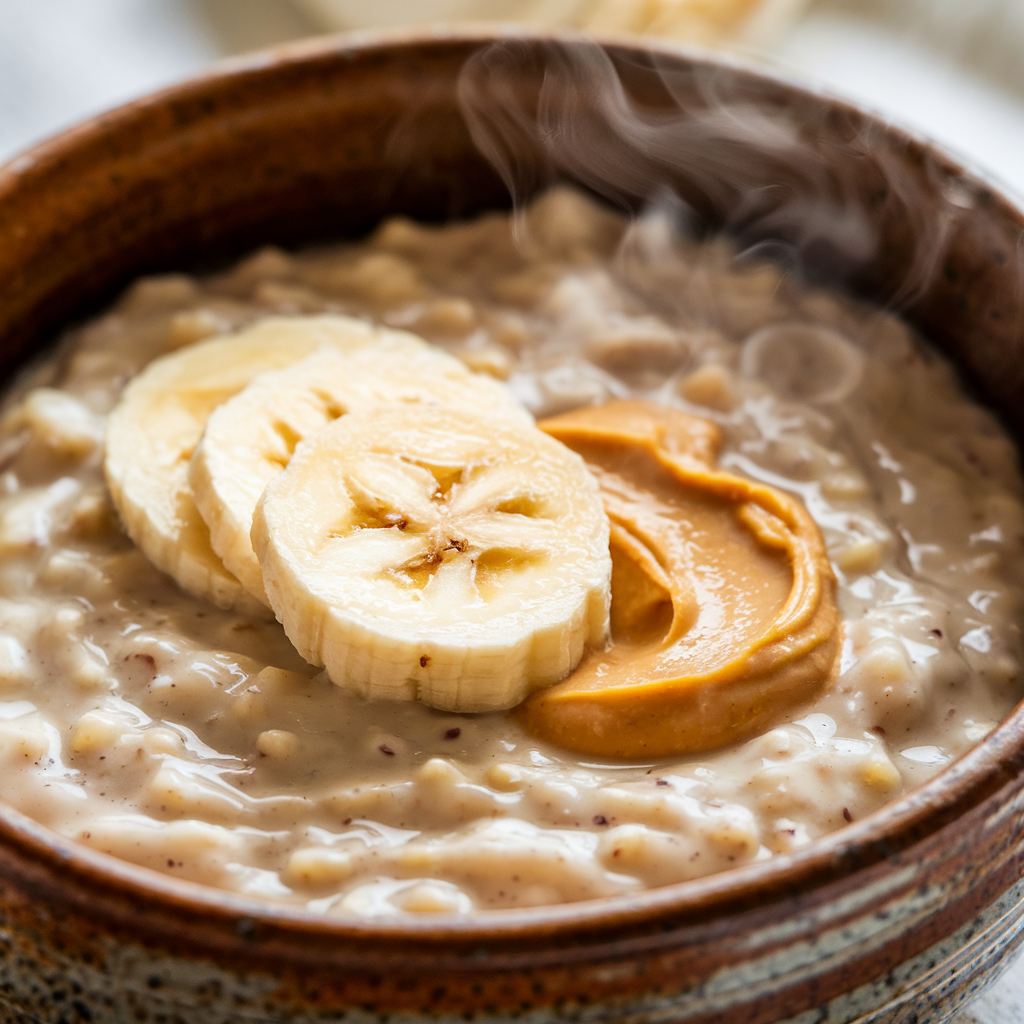
Option 1: Gluten-Free Oatmeal with Banana & Sunflower Seed Butter: Start your day with a warm and comforting bowl of gluten-free oatmeal made with water (or a safe plant-based milk alternative if cleared by your dietitian). Add sliced banana for natural sweetness and a dollop of sunflower seed butter for healthy fats and protein. Check labels carefully to ensure your oatmeal is certified gluten-free and processed in a -gluten-free facility if necessary.
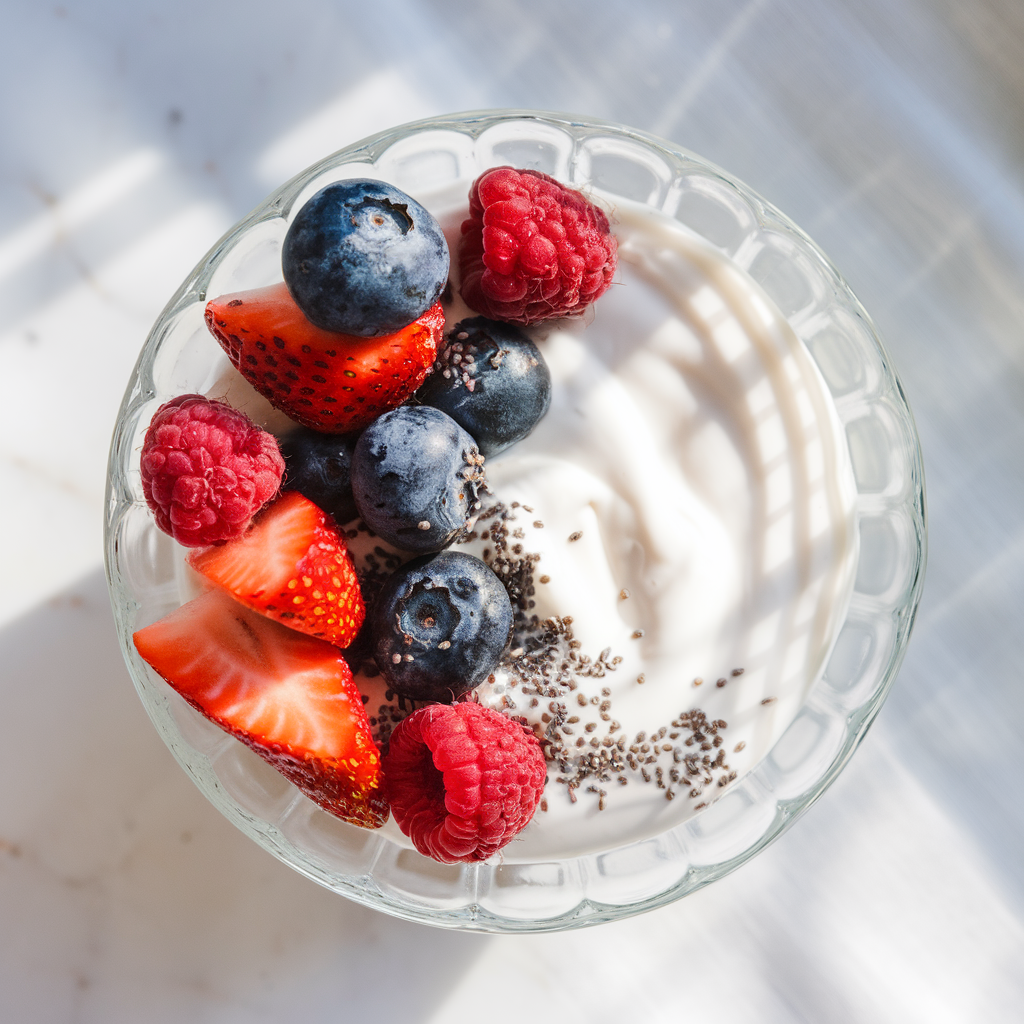
Option 2: Plant-Based Yogurt Alternative with Berries & Chia Seeds: Choose a plant-based yogurt alternative (like coconut yogurt – again, check ingredients for hidden allergens!). Top it with a mix of fresh or frozen berries for antioxidants and a sprinkle of chia seeds for omega-3s and fiber.
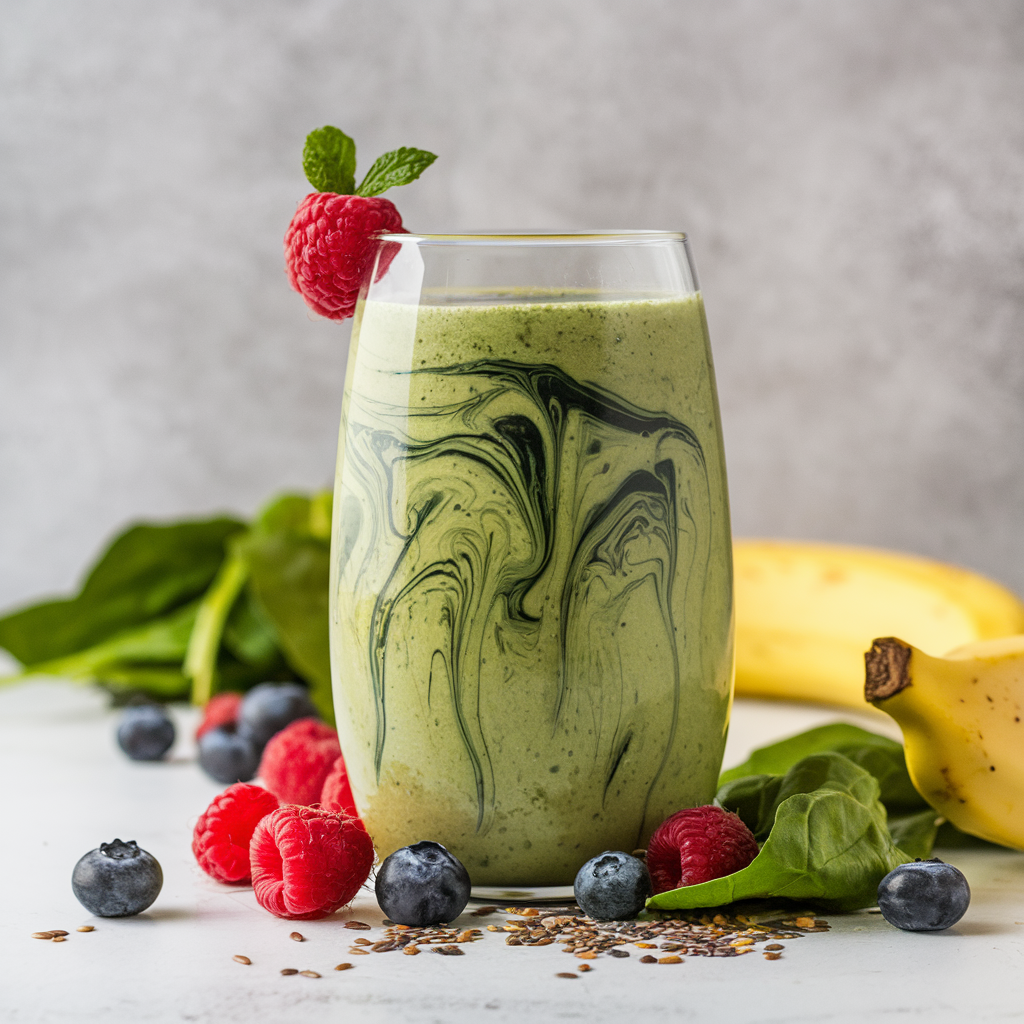
Option 3: Smoothie Powerhouse: Blend up a smoothie with banana, mixed berries, a handful of baby spinach for greens, unsweetened plant-based milk alternative (like oat or rice milk, ensure it’s allergen-free, ground flax seeds, and hemp seeds. This is a quick and nutrient-packed breakfast on busy mornings!
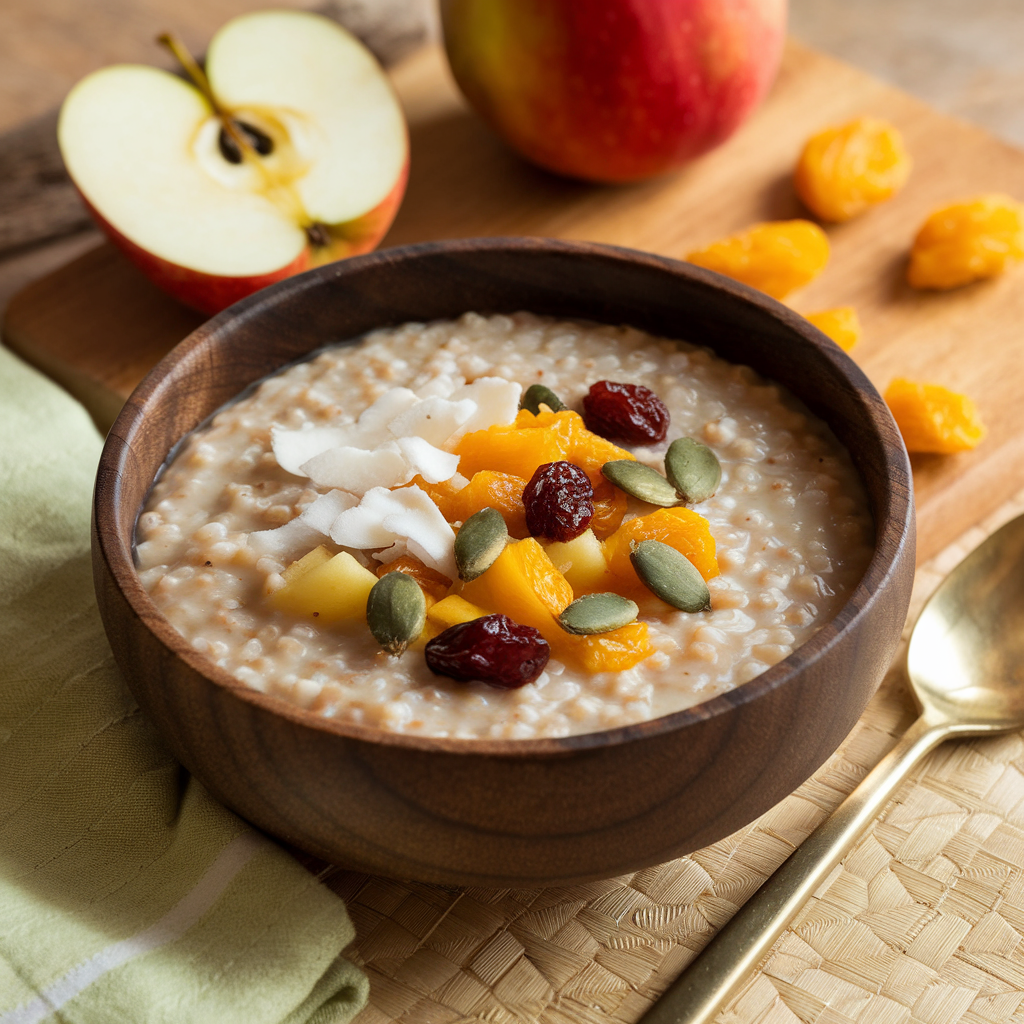
Option 4: Millet Bowl with Apple & Coconut: Millet is a naturally gluten-free grain. Cook it with water and apple juice for a subtly sweet flavor. Mix in unsweetened coconut flakes, dried fruit (sulfite-free if needed), and pumpkin seeds for a satisfying and textural breakfast.
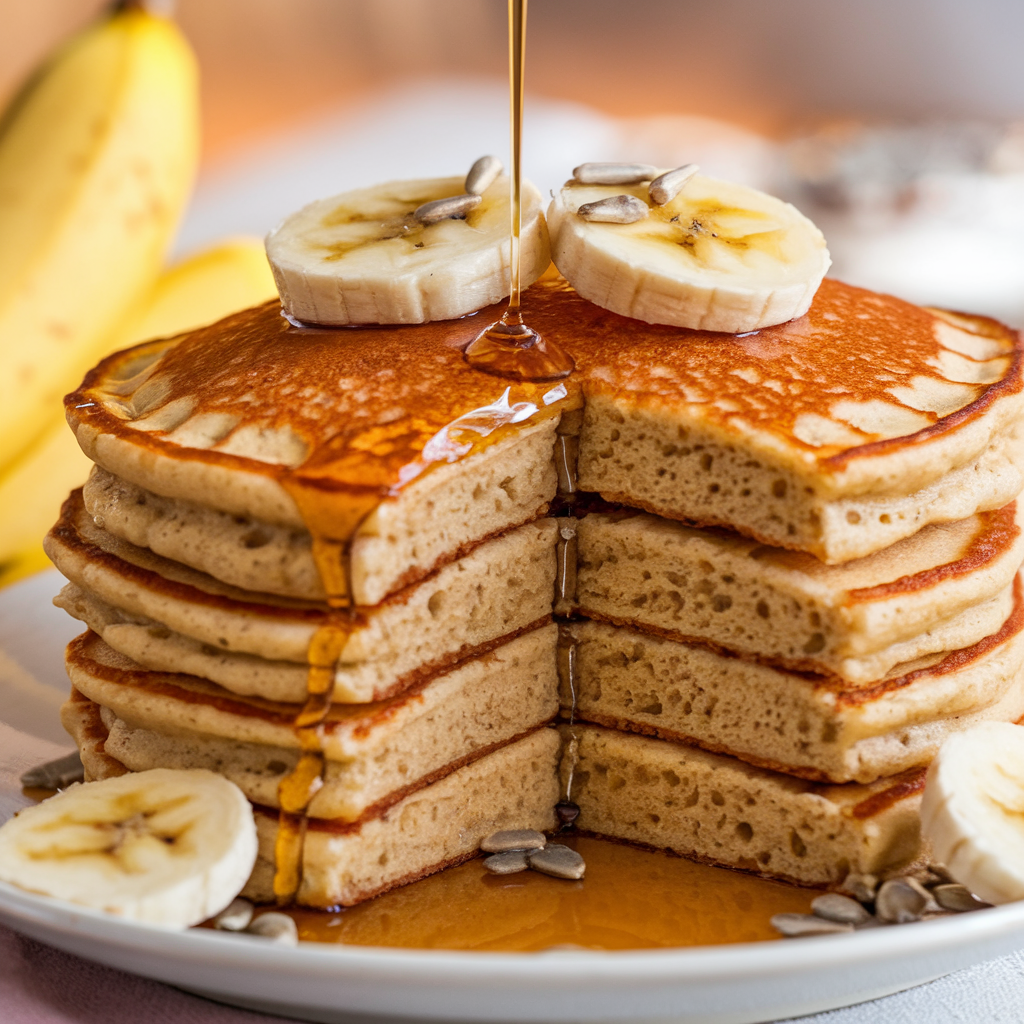
Option 5: Gluten-Free Vegan Pancakes: Enjoy a weekend treat with gluten-free vegan pancakes (make sure your mix is allergen-free!). Top with sliced banana, sunflower seeds, and a drizzle of maple syrup – a delicious and allergy-friendly way to start the day!
Lunch Options:
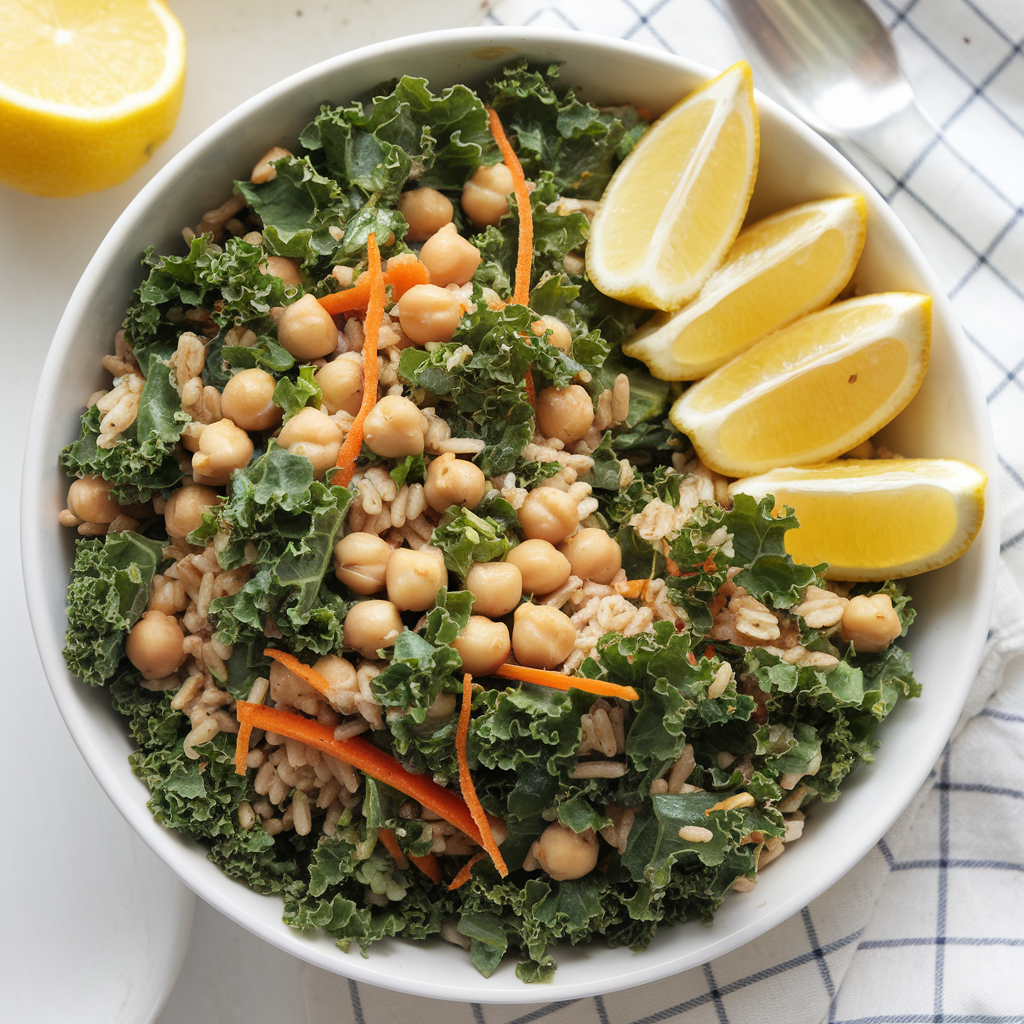
Option 1: Massaged Kale Salad with Chickpeas & Brown Rice: Massage kale with olive oil and lemon juice to make it tender. Toss with shredded carrots, protein-packed garbanzo beans (chickpeas), and cooked brown rice for a hearty and fiber-rich lunch salad.
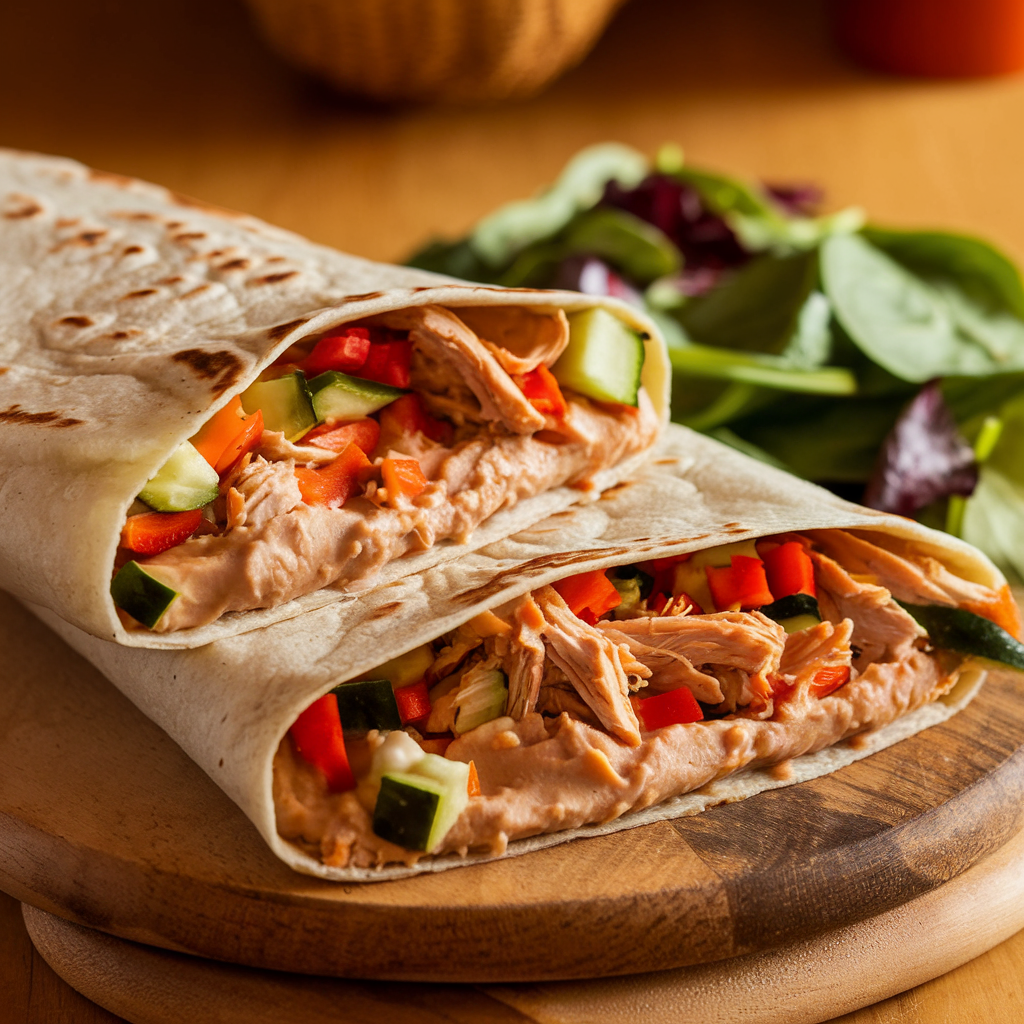
Option 2: Chicken & Veggie Corn Tortilla Wraps: Shredded cooked chicken mixed with olive oil, chopped veggies of your choice (cucumber, bell peppers, zucchini – get creative!), salt, and pepper. Wrap it all up in warm corn tortillas with a hummus spread and a side spinach salad for extra greens. Ensure hummus is allergen-free and corn tortillas are just corn and water.
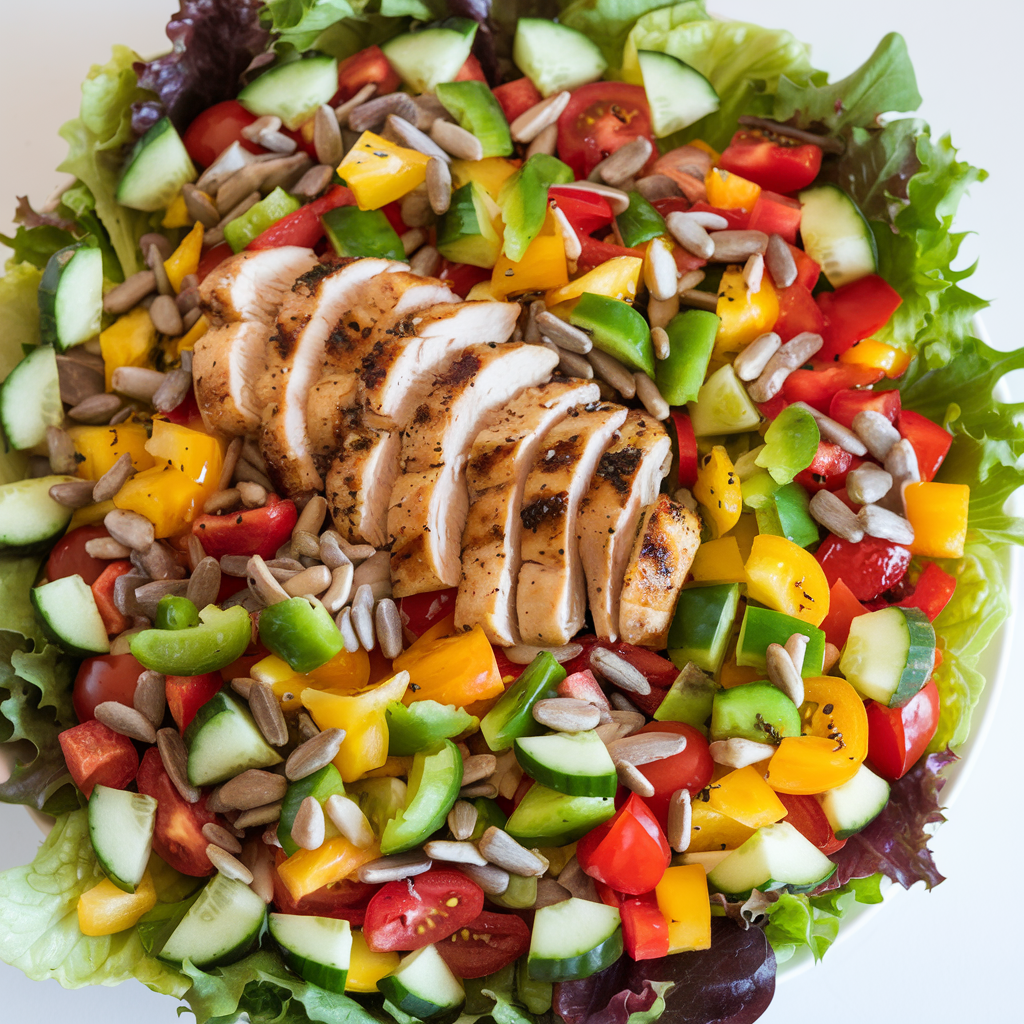
Option 3: Colorful Chicken Salad: A classic salad gets an allergy-friendly makeover! Salad greens with lots of colorful veggies (cucumber, tomatoes, bell peppers), sunflower seeds for crunch, grilled chicken, and a simple dressing of olive oil and balsamic vinegar.
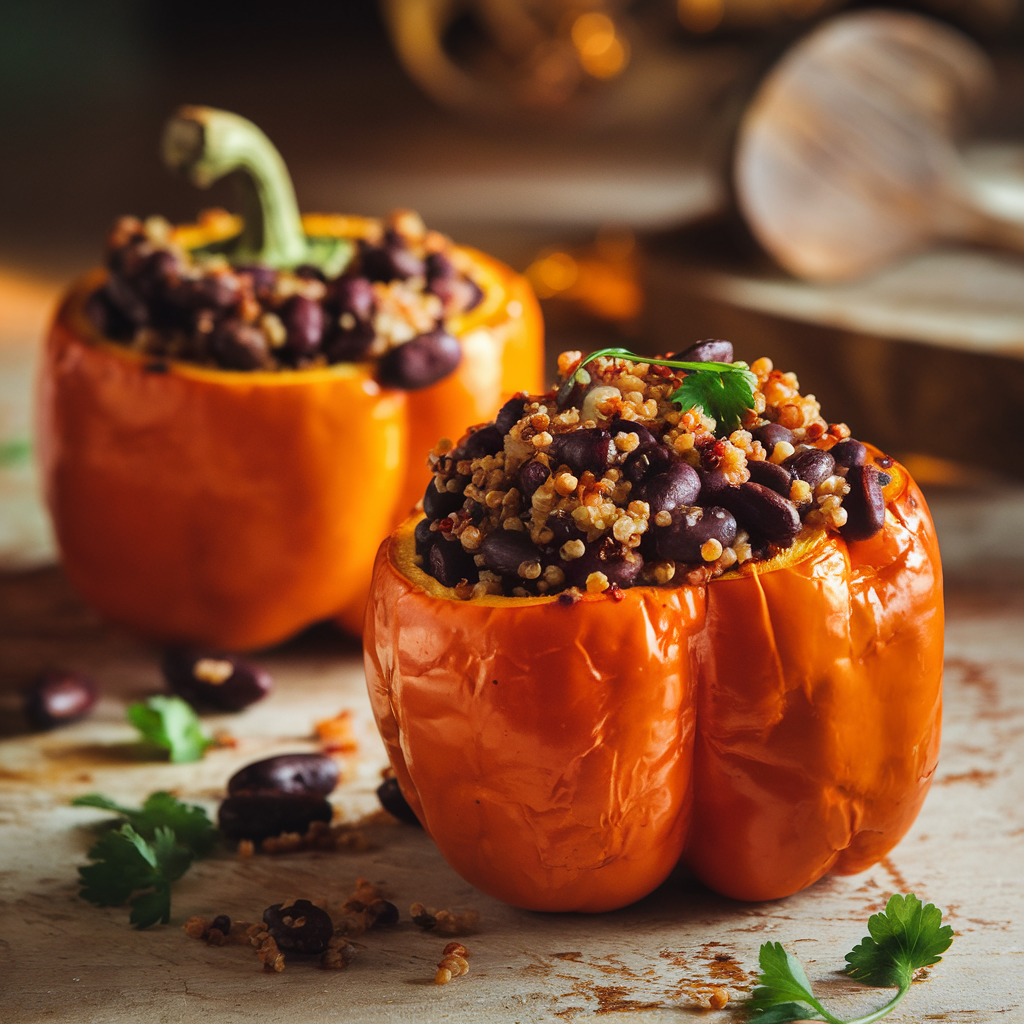
Option 4: Spiced Black Bean & Quinoa Bell Pepper Cups: Combine spiced black beans and cooked quinoa. Stuff this mixture into halved bell peppers and bake until the peppers are tender. A flavorful and satisfying vegetarian lunch option.
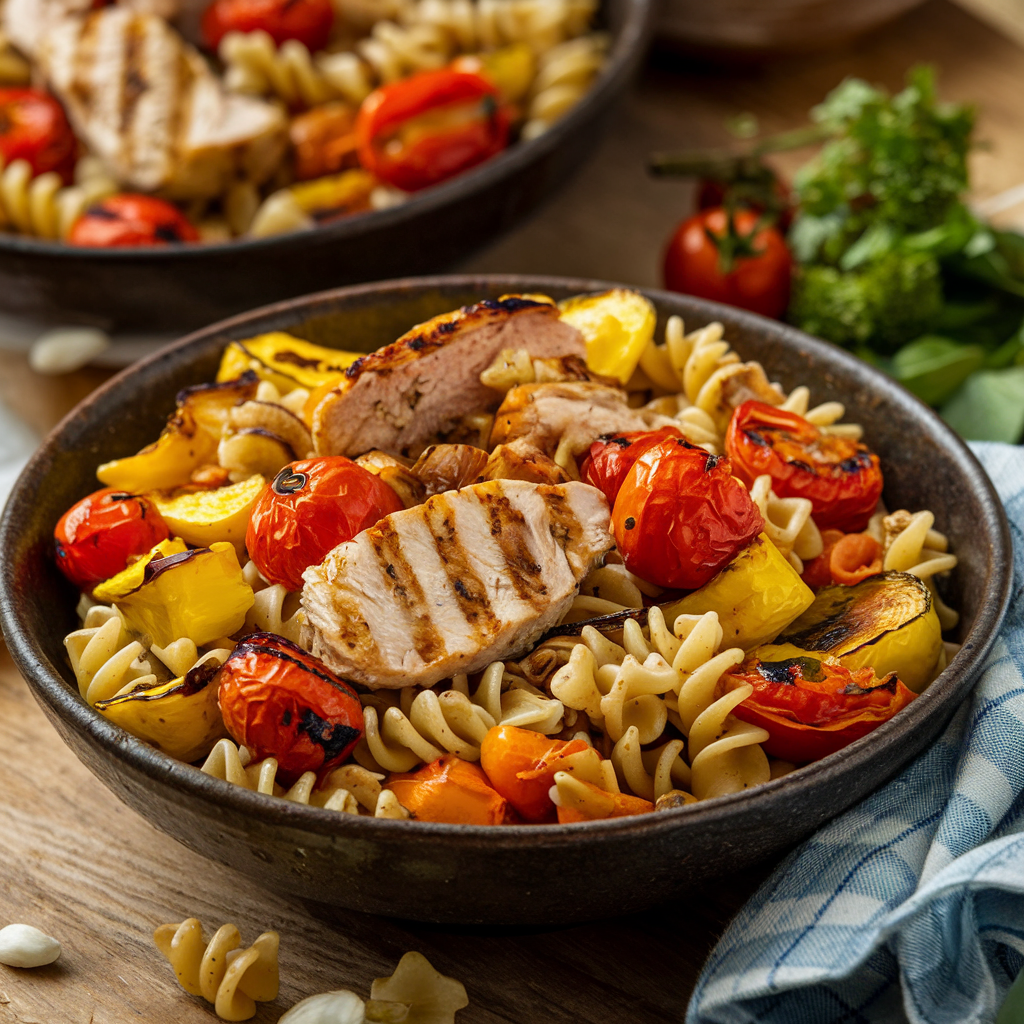
Option 5: Gluten-Free Pasta with Roasted Veggies & Chicken: Use gluten-free pasta (brown rice or quinoa pasta are good options). Toss it with olive-oil roasted veggies like tomatoes, yellow squash, and bell peppers, and add grilled or roasted chicken for protein.
Dinner Options:
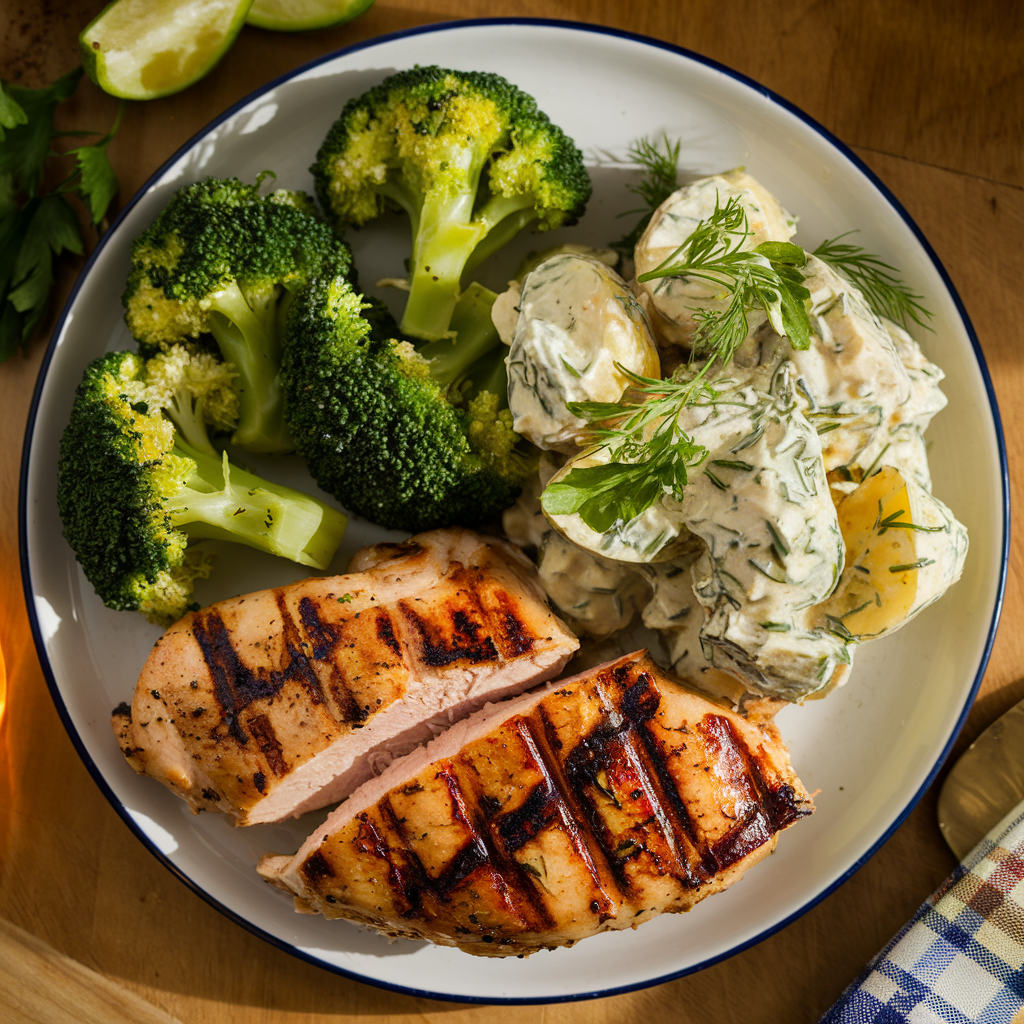
Option 1: Keep it simple and nutritious with grilled chicken breast, steamed or roasted broccoli, and a delicious potato salad made with olive oil, herbs, and seasonings (instead of mayonnaise which usually contains eggs and milk).
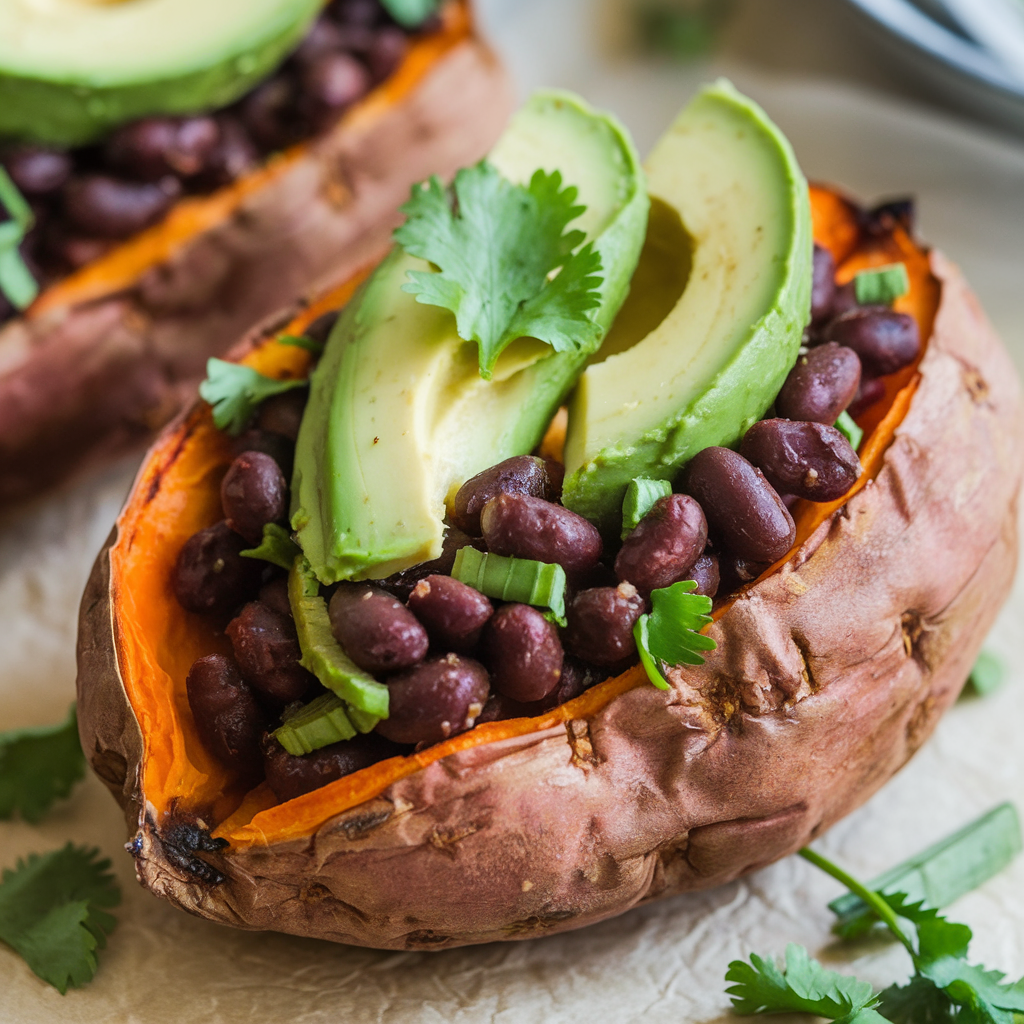
Option 2: Roasted Sweet Potato with Black Beans & Avocado: Roast a sweet potato until tender. Top it with seasoned black beans, fresh cilantro, and creamy avocado for a flavorful and nutrient-dense vegetarian dinner.
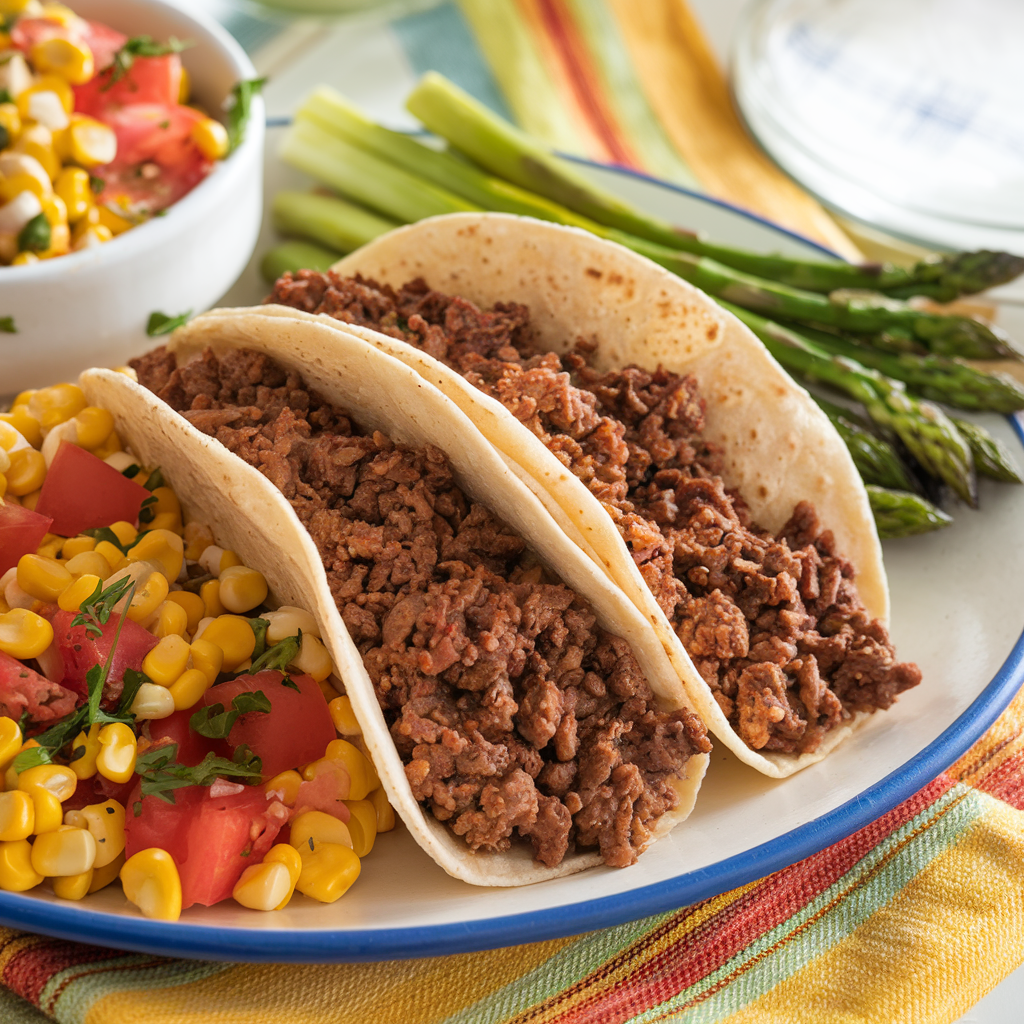
Option 3: Corn Tortilla Tacos with Ground Meat & Corn Salad: Make allergy-friendly tacos with corn tortillas, seasoned ground beef or ground turkey, a fresh corn and tomato salad, and steamed asparagus on the side.
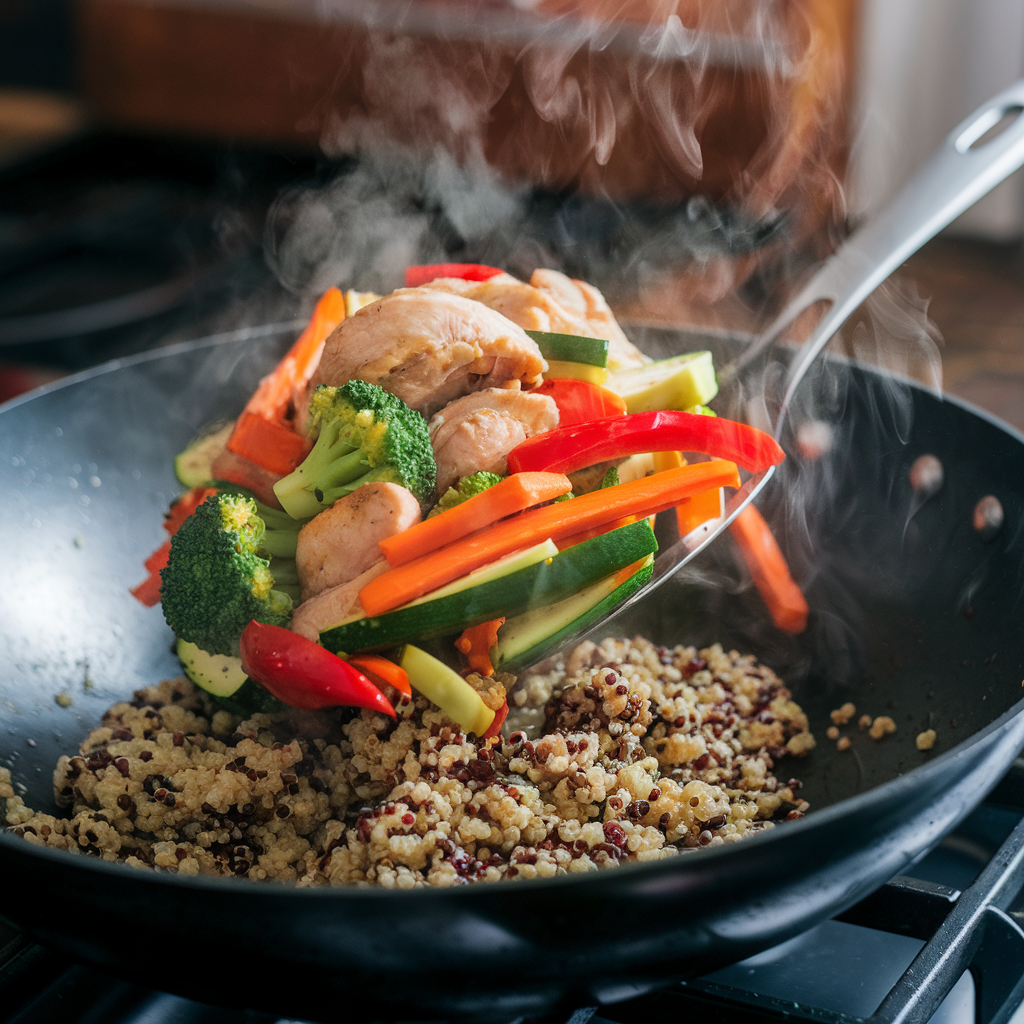
Option 4: Stir-Fry Chicken & Veggies with Quinoa: A quick and healthy stir-fry with chicken and your favorite allergy-friendly vegetables (broccoli, carrots, bell peppers, zucchini, etc.) served over cooked quinoa instead of rice to ensure gluten-free. Use allergy-friendly soy-free and wheat-free sauces if needed.

Option 5: Spaghetti Squash with Ground Chicken Pasta Sauce: Use spaghetti squash as a naturally gluten-free pasta alternative! Top it with a homemade pasta sauce made with ground chicken and allergy-friendly ingredients.
Snack Options (Keep it Simple & Allergen-Free)
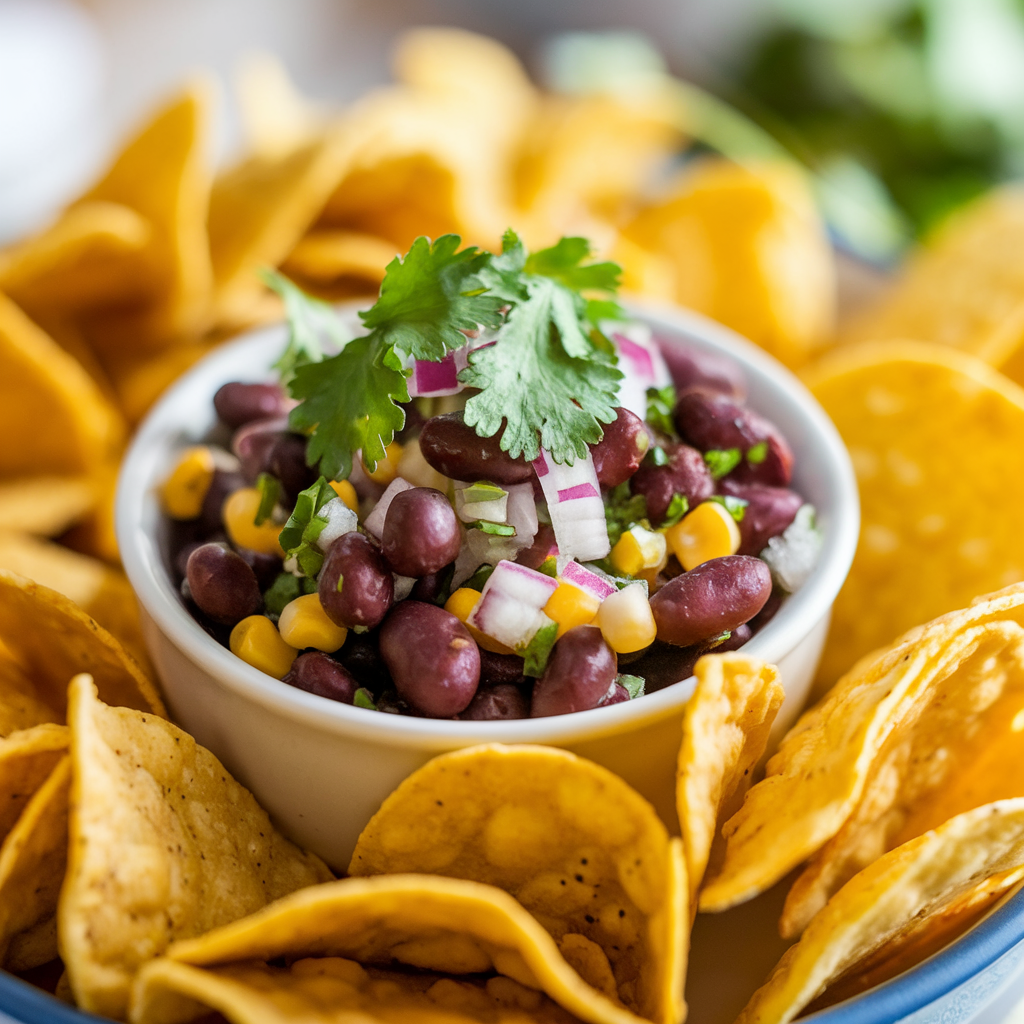
Option 1: Corn Chips with Black Bean Salsa: Choose plain corn chips (check ingredients for hidden allergens) and pair them with a fresh black bean salsa.
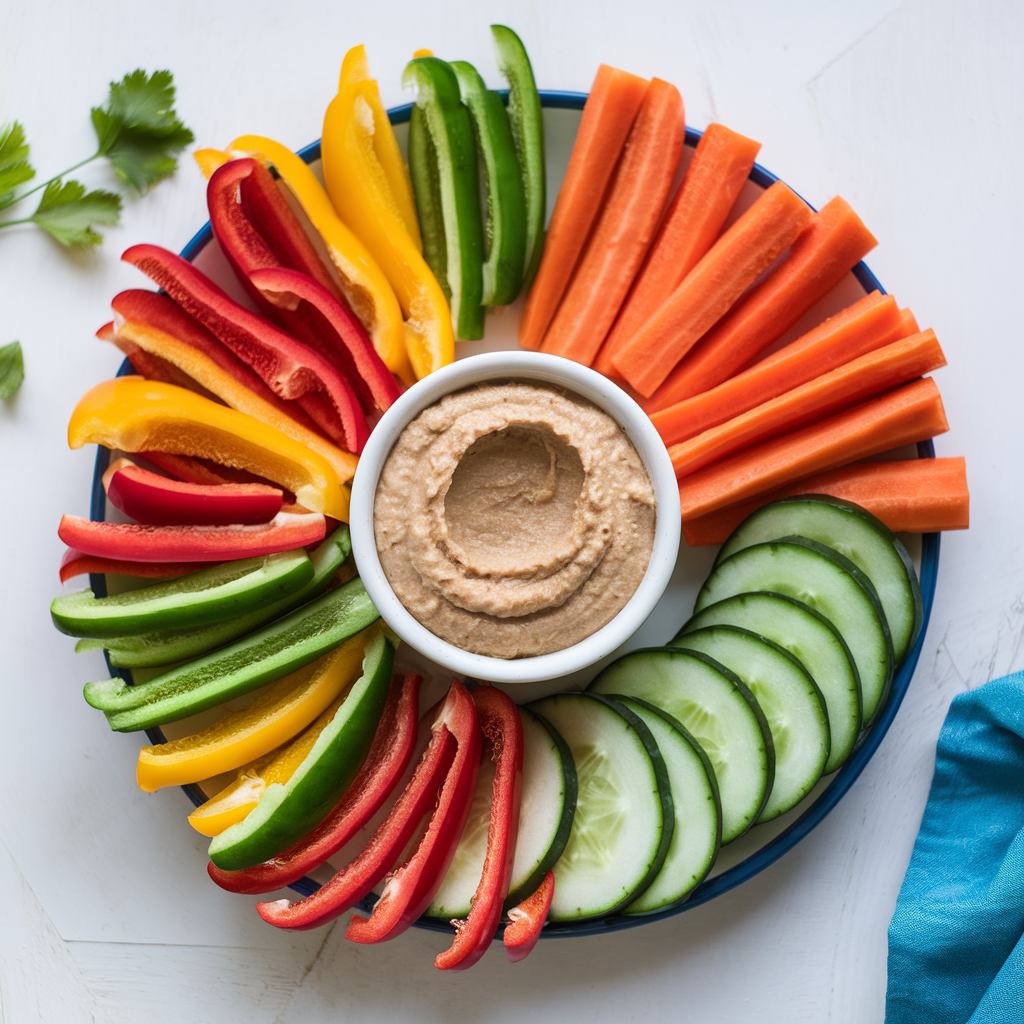
Option 2: Veggies & Hummus: Bell pepper strips, carrot sticks, cucumber slices, or other veggies with an allergy-friendly hummus (check for sesame if that’s an allergen of concern).
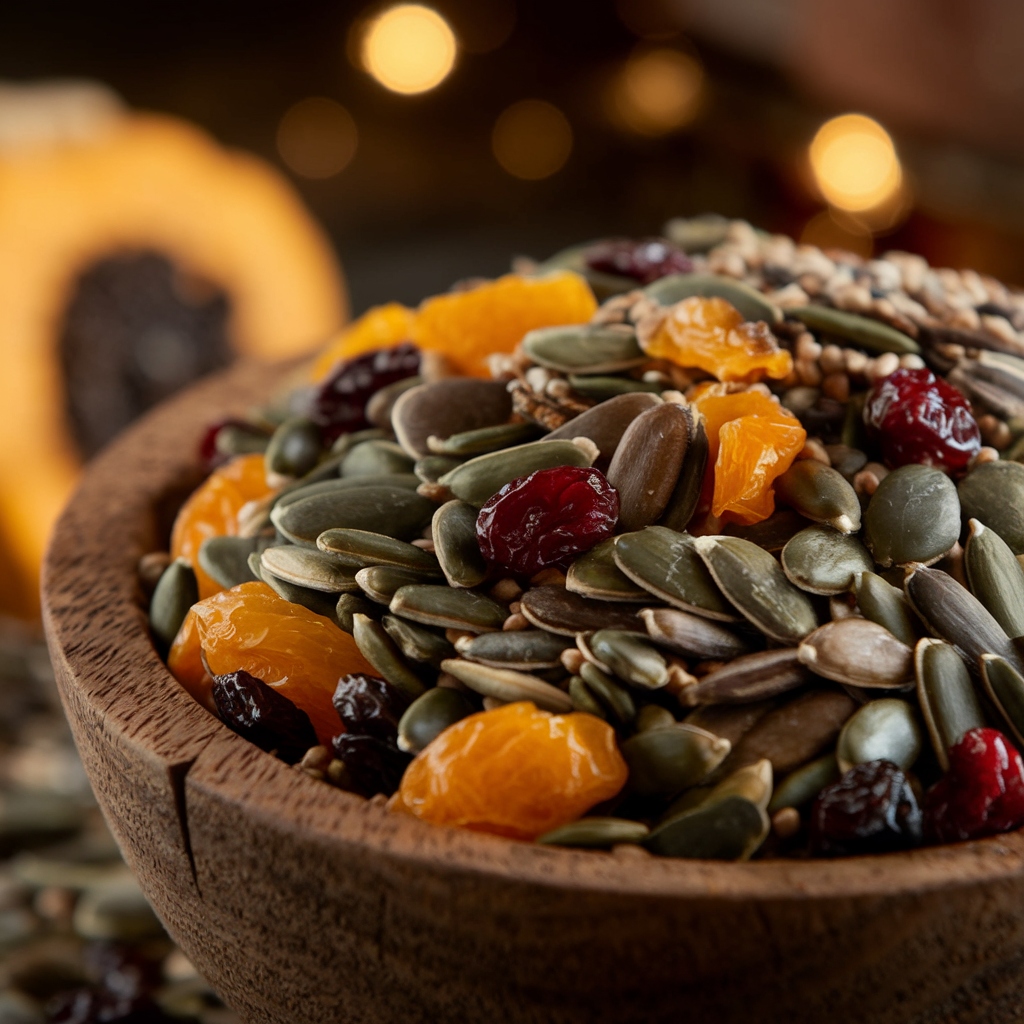
Option 3: Seeds & Dried Fruit: A simple mix of pumpkin or sunflower seeds and dried fruit (unsweetened and sulfite-free if needed).
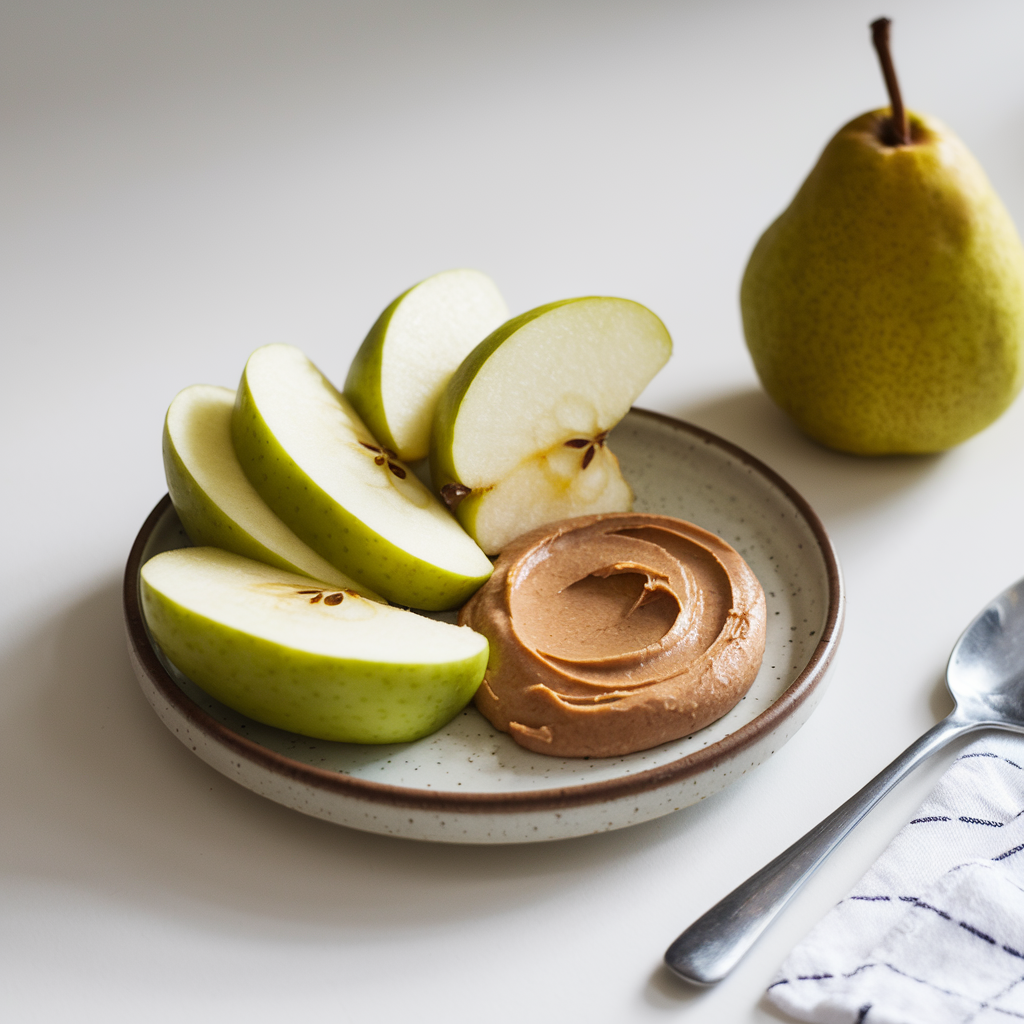
Option 4: Apple or Pear with Sunflower Seed Butter: Sliced apple or pear with a serving of sunflower seed butter for a satisfying and portable snack.
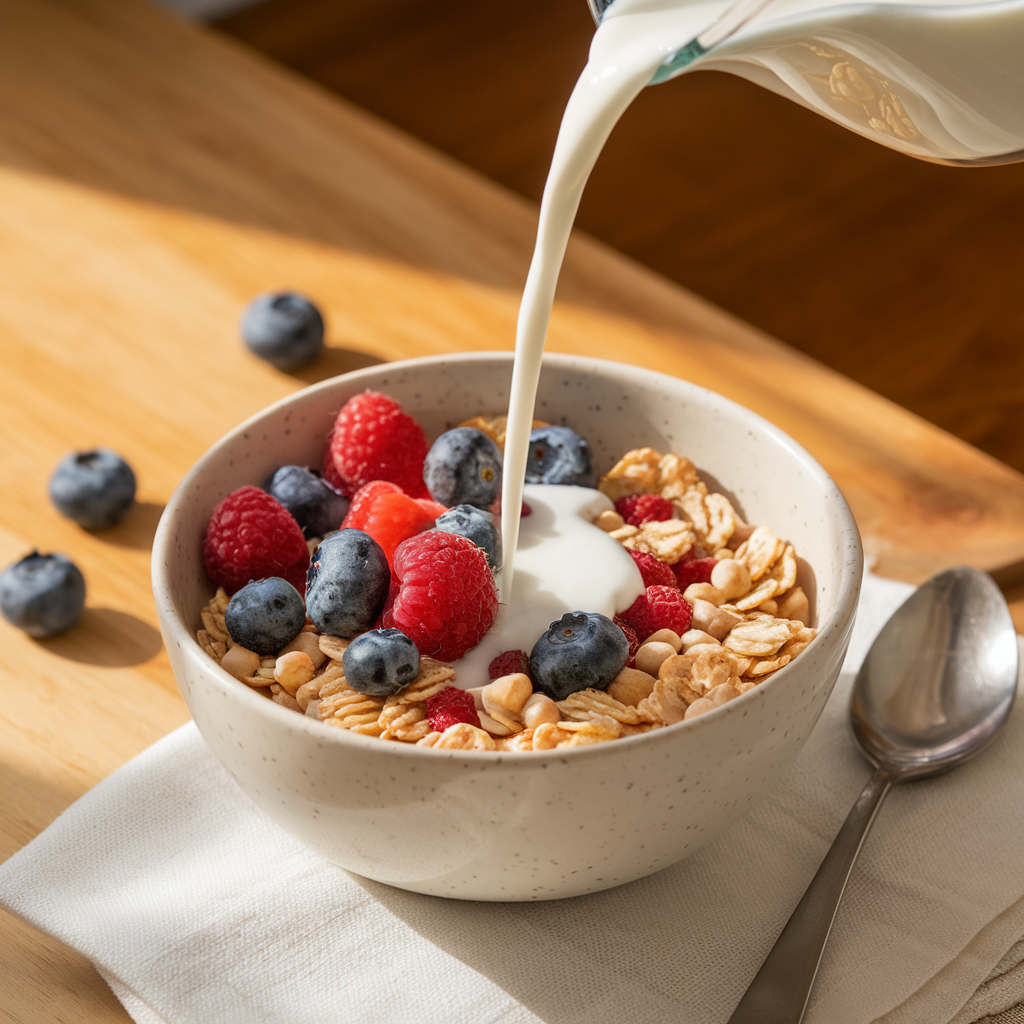
Option 5: Gluten-Free Cereal with Plant Milk & Berries: Choose a high-fiber, gluten-free cereal (check labels carefully!) and enjoy it with unsweetened plant-based milk alternative and a handful of berries.
Read more: Yummy Mummy: How Diet Affects Breastmilk
Important Considerations for Your Allergy-Friendly Breastfeeding Journey
Navigating an allergy-friendly breastfeeding diet can feel like a big undertaking, but remember, you are doing this for your baby’s health and well-being, and that makes you an amazing mama! Here are a few more key things to keep in mind:
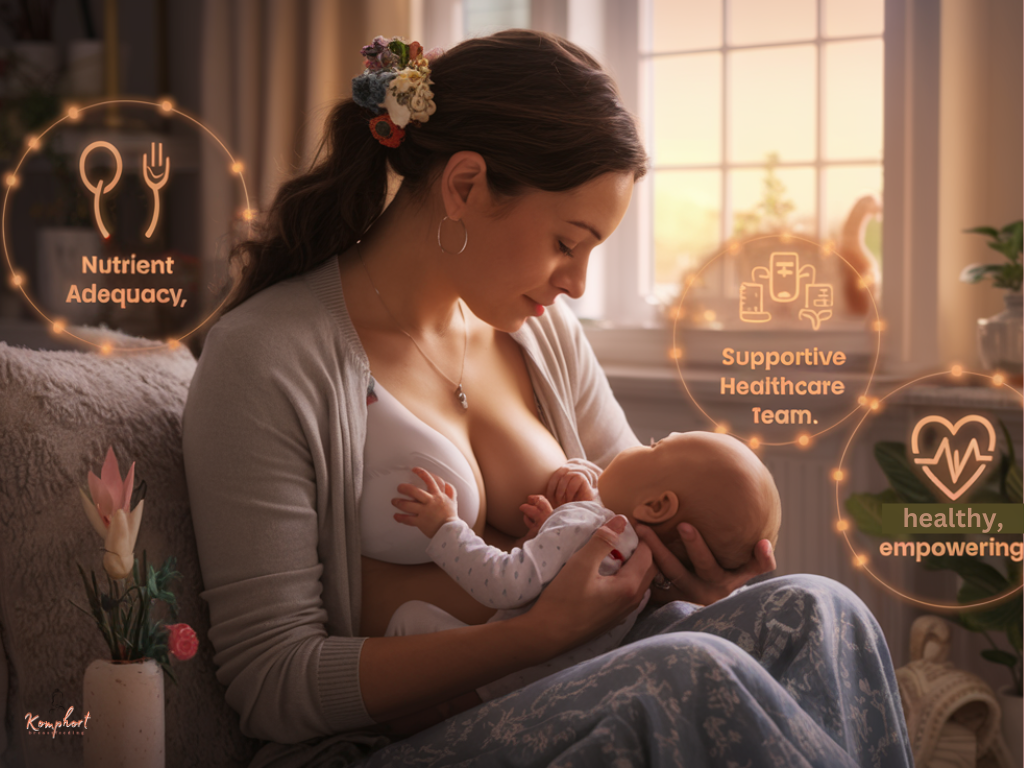
- Nutrient Adequacy is Key: When you start eliminating foods, especially multiple food groups, it’s crucial to ensure you’re still getting all the nutrients you need. Breastfeeding requires extra calories and specific vitamins and minerals. Work with a registered dietitian nutritionist to make sure your diet, even with eliminations, is balanced and nutrient-rich. Calcium, for example, is super important, especially if you’re eliminating dairy. They can help you find safe, dairy-free sources of calcium and other essential nutrients.
- Teamwork Makes the Dream Work: Your healthcare team is your best resource! This includes your pediatrician, your own doctor, and ideally, a registered dietitian and possibly an allergist (especially if your baby’s allergies seem severe or complex). Don’t hesitate to reach out to them with any questions or concerns. They are there to support you every step of the way. They can also guide you on when and how to reintroduce eliminated foods back into your diet to pinpoint the exact allergens affecting your baby.
- Elimination Diets are (Usually) Not Forever: The goal of an elimination diet for breastfeeding moms is usually to identify the allergen and then, once your baby’s symptoms improve, to gradually reintroduce foods back into your diet. It’s not typically meant to be a long-term, highly restricted diet. Your healthcare provider will help you create a plan for reintroduction and monitoring.
- Monitor Your Baby Closely: Pay close attention to your baby’s symptoms throughout this process. Keep a symptom diary to track any changes. Are they less fussy? Is their skin clearer? Are their digestive issues improving? This information is invaluable for you and your healthcare team.
- Breast Milk is Still Best: Even if your baby has allergies and you need to make dietary changes, remember that breast milk is still the most amazing food you can give your baby. It’s packed with antibodies, nutrients, and everything your little one needs to thrive. An allergy-friendly breastfeeding diet is about making breastfeeding work for your unique situation, not about giving up on breastfeeding altogether.
Frequently Asked Questions:
What can I eat to prevent allergies while breastfeeding?
There’s no need to avoid specific foods while breastfeeding to prevent allergies. However, if your baby shows signs of a reaction to certain foods you eat, eliminating those from your diet may help ease their symptoms.
What is the most common food allergy in breastfed babies?
The most common food allergy in breastfed babies is cow’s milk protein intolerance. This occurs when a baby’s immune system reacts to proteins found in cow’s milk, which can pass through breast milk and cause symptoms.
What is the best diet for breastfeeding mothers?
A well-balanced diet for breastfeeding mothers includes a variety of protein-rich foods like lean meats, poultry, fish, eggs, beans, lentils, and tofu. These foods provide essential nutrients, including iron, which helps support energy levels and prevent anemia.
Is coconut water good for breastfeeding?
Yes, coconut water is a great choice for breastfeeding mothers. It’s hydrating, rich in natural electrolytes, and low in calories and sugar, making it a refreshing way to support hydration while nursing.
What does baby poop look like with a milk allergy?
Baby poop with a milk allergy may appear green, bloody, or mucus-tinged. Other signs of a cow’s milk protein allergy can include wheezing, coughing, swelling, rash, gas, excessive crying, and digestive discomfort after feeding. If you notice these symptoms, consult your pediatrician.
Conclusion
Mama, navigating allergies while breastfeeding can feel overwhelming, but you are strong, capable, and resourceful. With the right information, support from your healthcare team, and a dash of food detective skills, you can confidently nourish your baby and yourself on an allergy-friendly breastfeeding diet.

You’ve got this! And remember, seeking help and guidance is a sign of strength, not weakness. You are doing an incredible job, and your baby is so lucky to have you!
Busy Mom? Grab These Must-Know Tips!

Breastfeeding is a journey, and I’m here to support you every step of the way. If you’re looking for even more practical advice, real-life tips, and encouragement, be sure to check out my YouTube channel!
Whether you’re tackling common breastfeeding challenges or just need a confidence boost, you’ll find a wealth of resources to help you thrive on this amazing journey. Click here.
